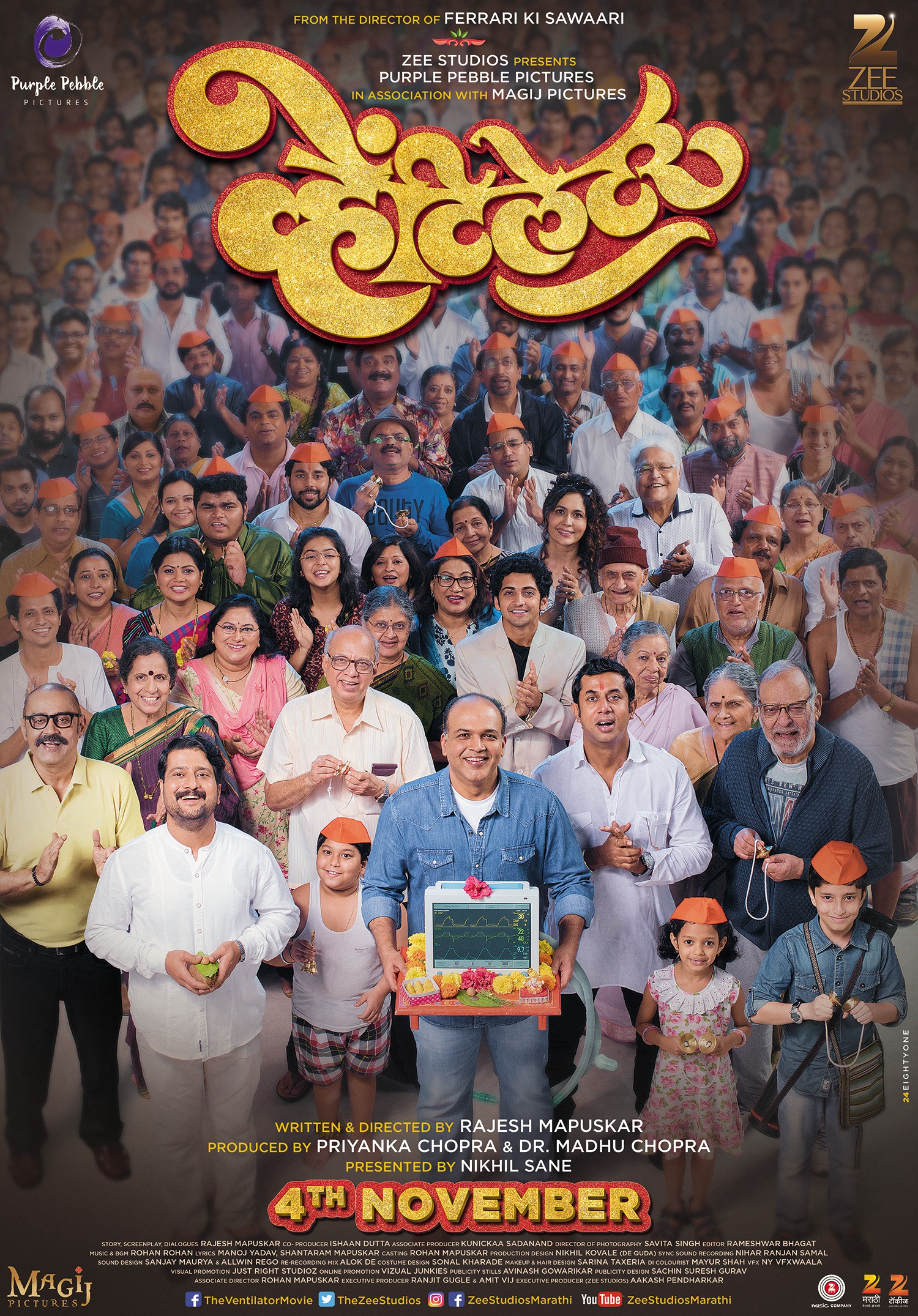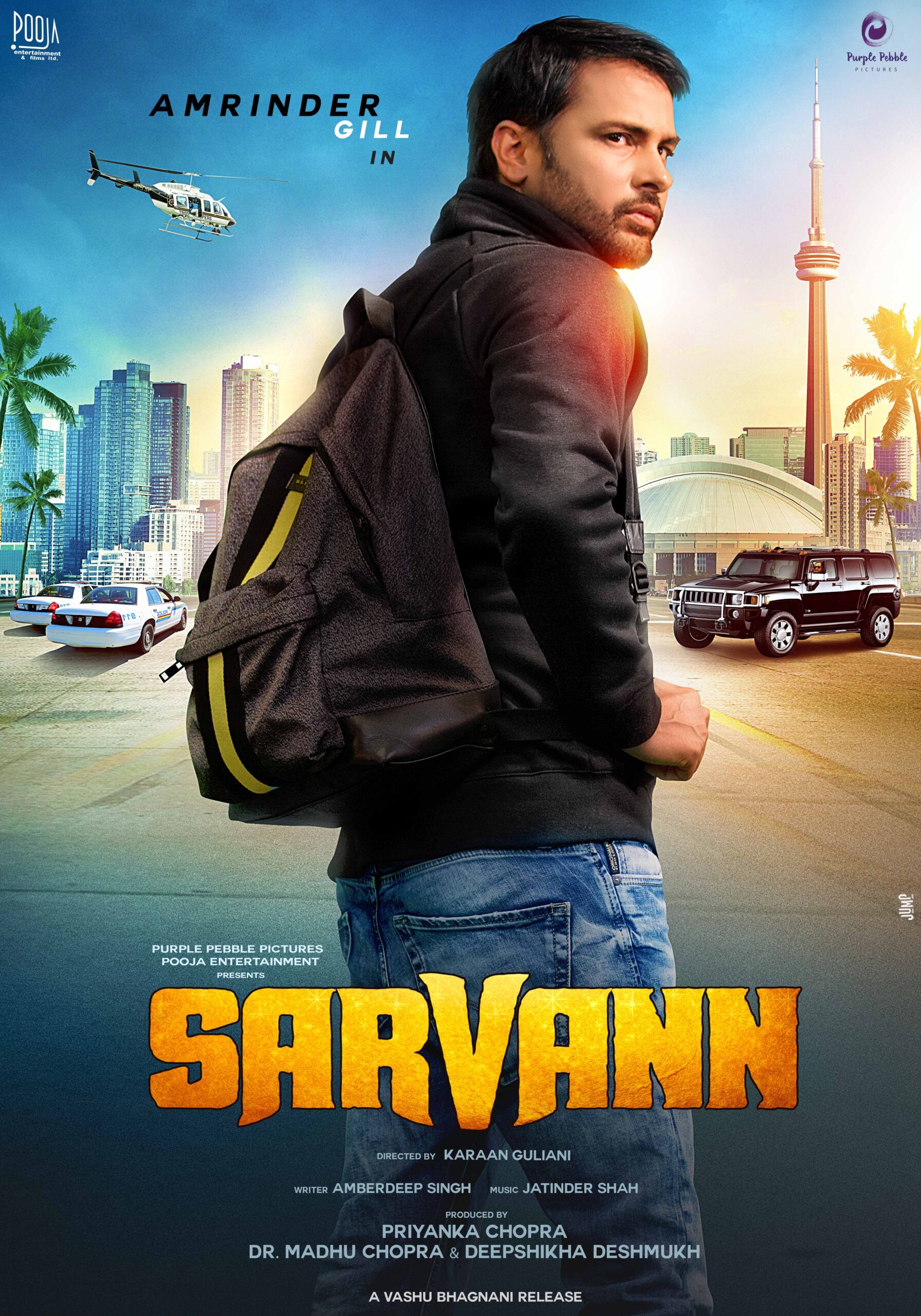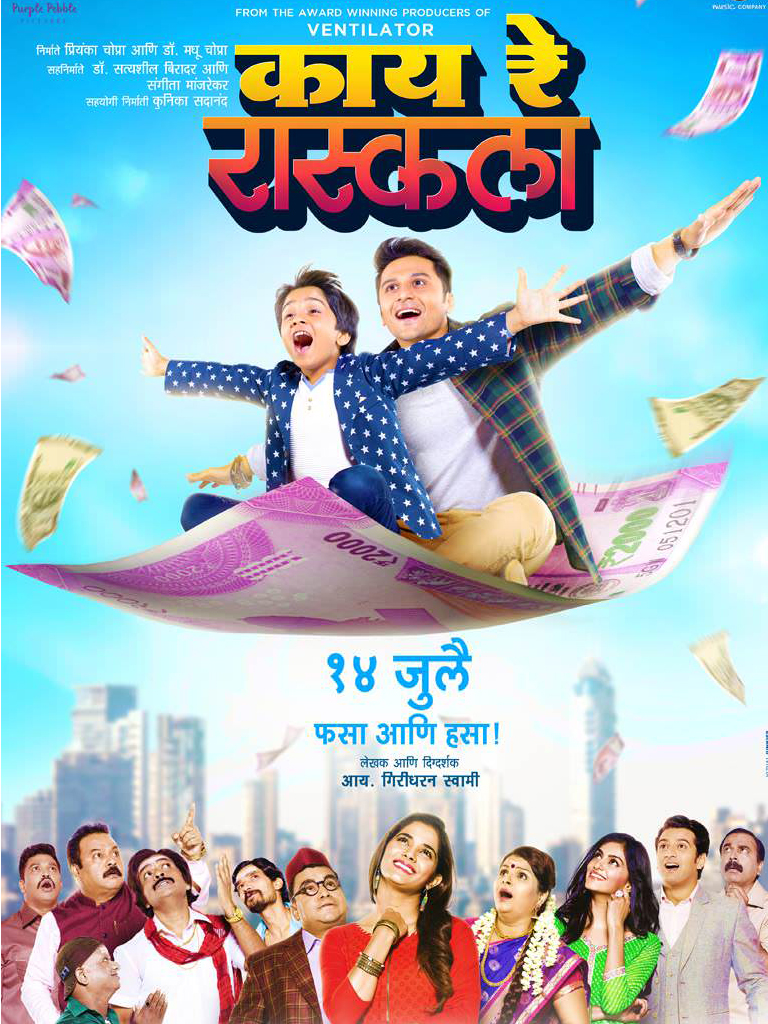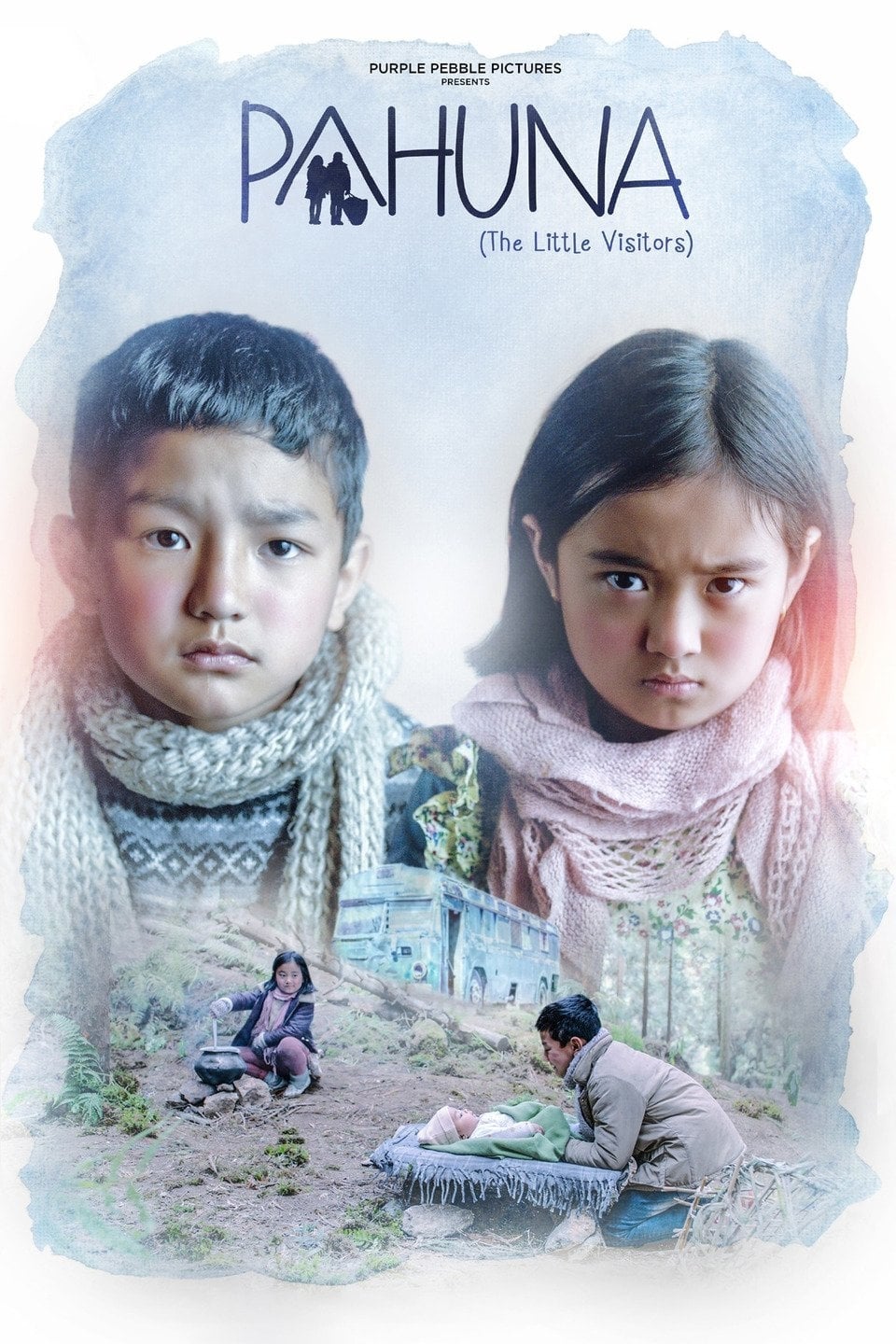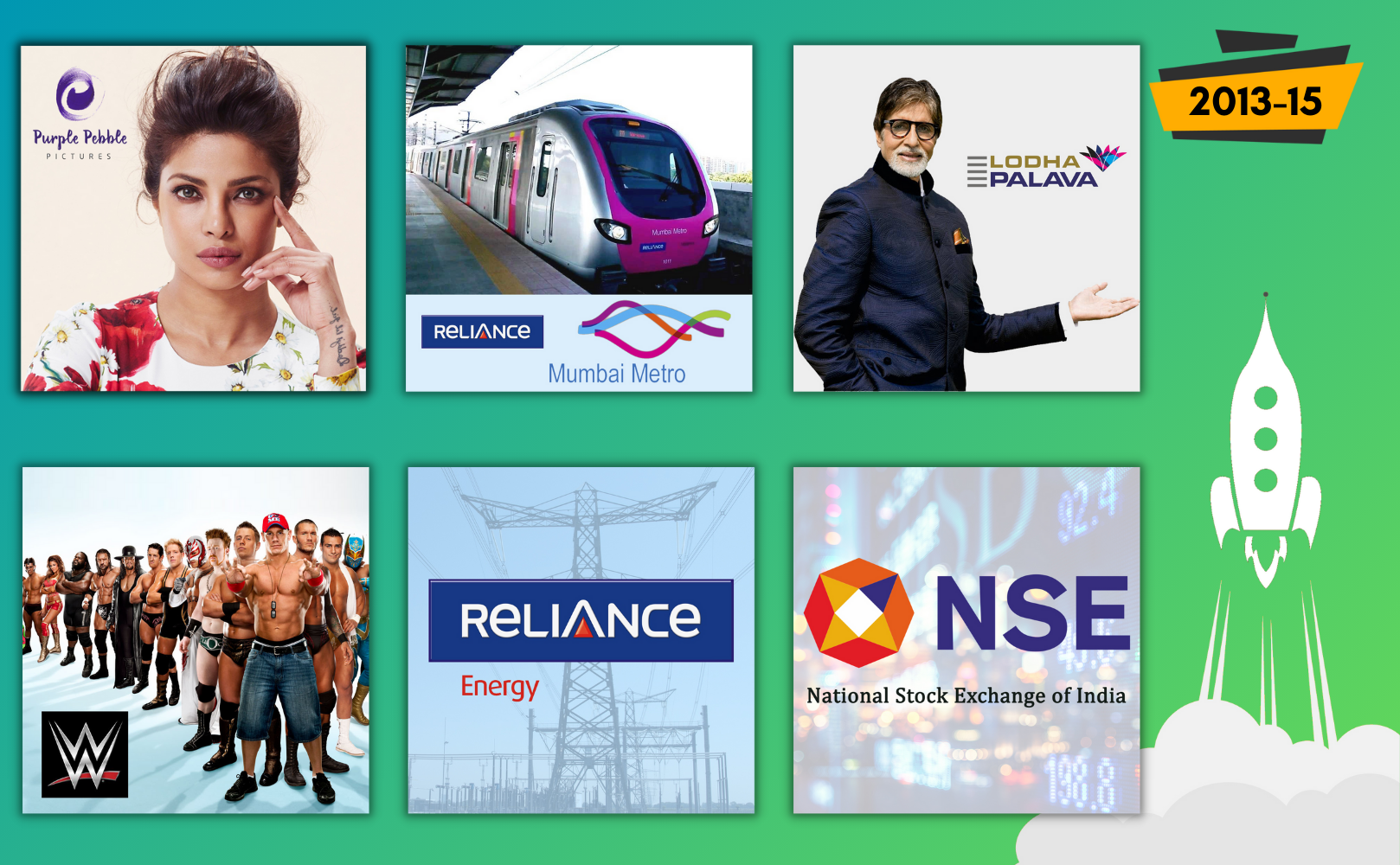Background
I led the teams responsible for the digital launch of some noteworthy companies and popular brands in India. Most of this work happened during my tenure with Windchimes, a digital marketing agency, and some of it continued to my next job with Cinemarkets, a digital solutions company targeting entertainment clients. Here’s a summary of all the launches that I managed.
2013 – National Stock Exchange of India (NSE)
As a tightly regulated institution, NSE faced stringent restrictions regarding marketing and promotional activities. Making financial literacy and investor education our primary content pillars, we launched the social media presence on Facebook, Twitter, LinkedIn and YouTube, keeping our communication compliant with regulatory guidelines.

We utilised the social media opportunity to create visual content for financial literacy, as opposed to verbose articles and blogs that were common at that time. We started with interactive Facebook applications and slowly moved to videos, in line with consumption patterns. Regular content on social media was also interactive and we often posted mini crosswords and puzzles that the community loved to solve, even when there were no prizes.
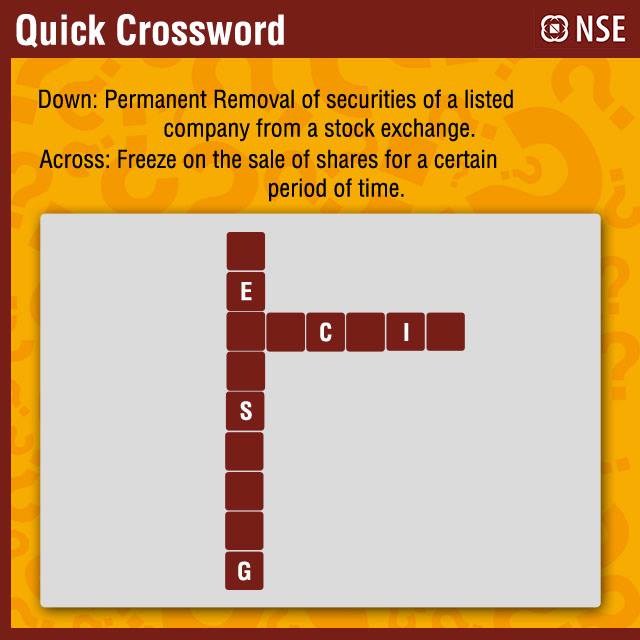
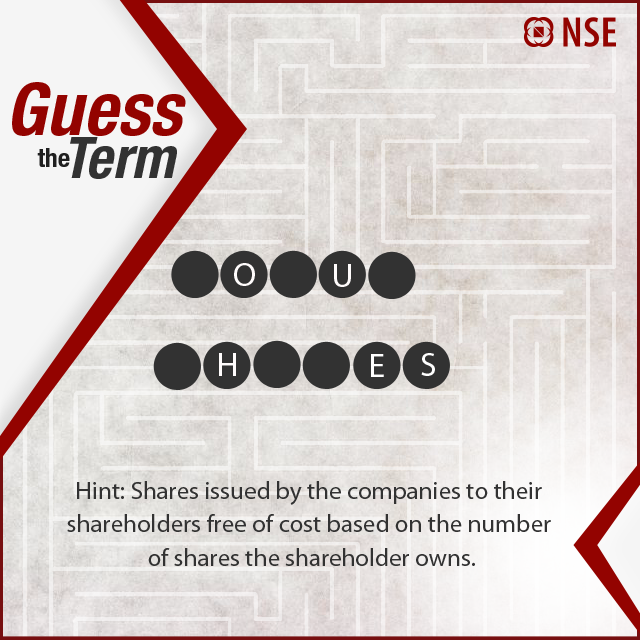
We also publicised the launch of NSE Emerge to support SMEs and used digital advertising to collect leads for educational courses offered by NSE, like the NCFM certifications and MDP programs conducted in various cities.
2013 – Reliance Energy (now Adani Electricity)
Reliance Energy, a subsidiary of Reliance ADAG, distributed power to about 2.7 million customers in Mumbai. Since 2018, it has been acquired and merged with Adani Electricity. I led the digital launch of Reliance Energy, creating new customer service channels.
We started with real-time grievance redressal on Twitter and Facebook, maintaining a 3-5 hours TAT to resolve most queries and complaints. Next, we introduced automation of service alerts and outage information by building an application using the Twitter API. This made Reliance Energy one of the first brands in the country to use such an innovation on a commercial scale.
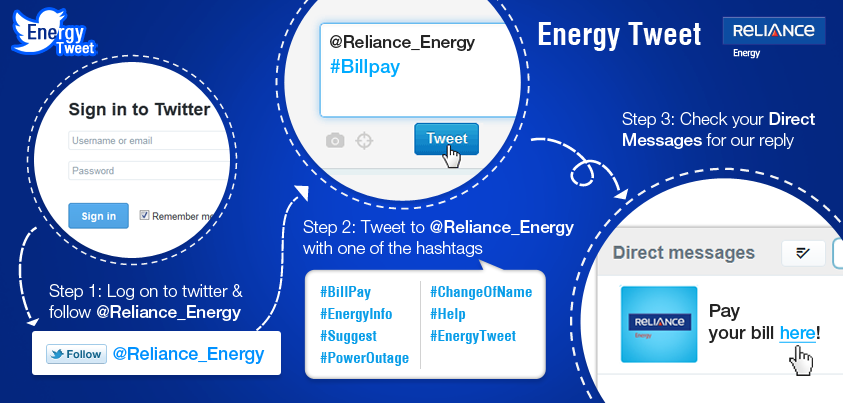
Online reputation management (ORM) was another focus area, especially during power outages. One notable incident was the 11-hour outage on Sep 02, 2014 that affected 8.28 million people in Mumbai, almost 40% of the population of the city. The tripping of a Tata Power unit affected some Reliance Energy customers as well, but with our proactive tweets carrying minute-by-minute status of restoration, amplified by Twitter influencers, we limited the negative tweets tagging the brand to just one and achieved a social media win for the brand.
We talked about energy conservation with creative posts and even created characters like Mr Conservekar, a responsible Mumbai citizen who tried his best to conserve electricity, and his careless maid, Bijli Bai, who had a lot to learn. We advanced the idea to a comic strip called Bijli-Conservekar, translating to ‘you should conserve electric power’.

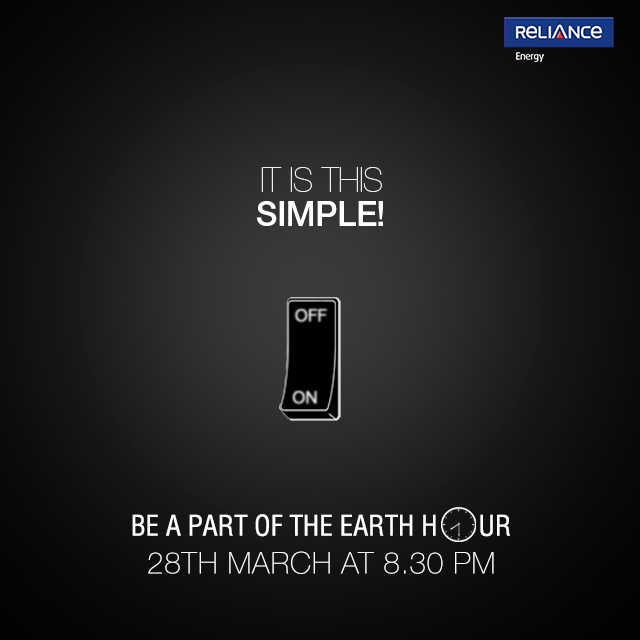

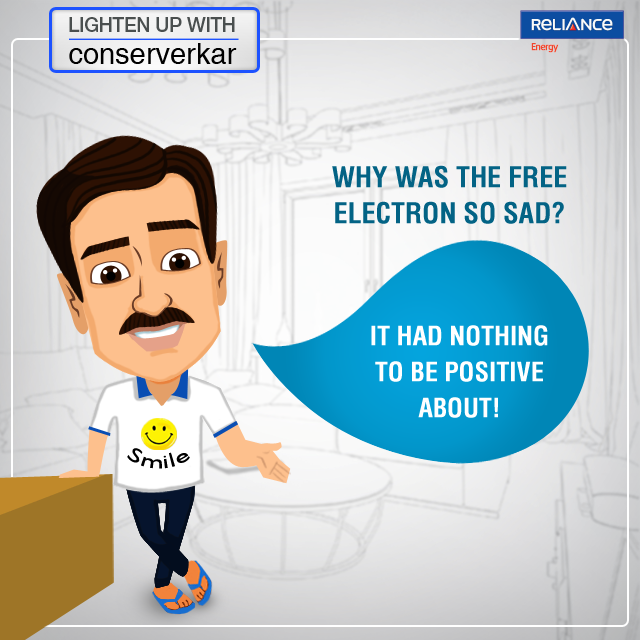

2014 – World Wrestling Entertainment (WWE) India
Identifying India as a priority market, WWE flew Paul Wight, aka ‘Big Show’ to India in early 2014, hoping to engage Indian fans with the brand. During this visit, we launched a dedicated Twitter handle for ‘WWE India’ to foster a localised online community. Soon after this digital launch, we started running regular contests themed around weekly programming (Raw, Smackdown) and Monthly Specials, gratifying winners with merchandise.
In parallel, we started working with their USA team to accommodate geo-targeted posts on the official Facebook page and expectedly, fans went crazy when they saw the global page talking to the Indian fans, especially on festivals like Holi and Diwali. Growth of Indian fans was explosive and overtook USA numbers in just 2 months after the launch, with zero ad spends.


With simple ideas like polling Indian fans to identify the most beloved Superstar, we arranged for Wade ‘Bad News’ Barrett to visit India, offering meet-and-greet opportunities to fans. Learning more about the preferences of the Indian fan base through social media interactions, the brand was able to align television programming to consumption patterns with initiatives like the live-airing of RAW and launch of Indianised shows like ‘Raw Sunday Dhamaal’.
2014 – Palava City by Lodha Group
Palava, the inaugural Smart City project by Lodha Group, had roped-in Mr Amitabh Bachchan as their brand ambassador. As he owned the first residential property within the development, he was publicised as the ‘First Citizen of Palava City’. Our pre-launch social media campaign, themed around the ‘city of opportunity’, offered winners a chance to meet Mr Bachchan himself.
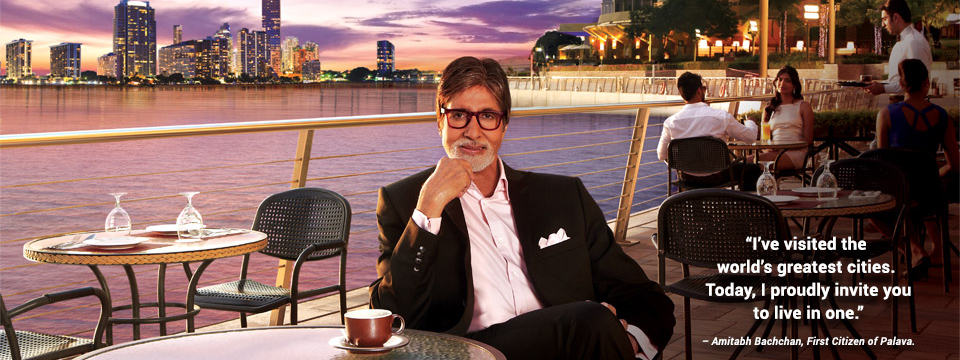
Following the launch, Lodha observed that potential buyers in Mumbai were reluctant to undertake a long journey, just for prospecting Palava. In response, we came-up with a solution to let people experience Palava without having to physically be there. This was enabled by clicking panoramic pictures of the entire city, including the interiors of sample flats, and then stitching them into an interactive virtual walkthrough embedded right on Google Maps. This gelled well with the ‘smart city’ narrative, as it introduced a novel and innovative concept in 2014. We also facilitated lead generation for Palava through targeted digital advertising.
2014 – Mumbai Metro
Soon after Line 1 of Mumbai Metro became operational from Versova to Ghatkopar, we created the social media assets and started disseminating information about amenities, security features and real-time service delays. We also contributed to increase ridership by launching hyper-targeted mobile campaigns covering a radius of 3-4 kms around each Metro station.
We executed the ‘Majhi Metro’ campaign, a photography contest where participants submitted entries in DSLR, point-and-shoot or mobile categories, following the given theme. Special permissions were sought to allow photography during the campaign duration. Winning entries received cash prizes and were displayed in a ‘Metro Museum’ created at Ghatkopar station. The campaign later evolved into Majhi Metro Festival where video entries were invited.

Post this, the ‘Above it All’ campaign was launched to highlight the ‘superiority’ of Mumbai Metro over other forms of public transport. Since Line 1 was entirely elevated, the choice of words in ‘Above it All’ cleverly conveyed that a Metro commuter enjoyed shorter commute time by literally being ‘above’ the notorious traffic congestion created by buses, autorickshaws and taxis.
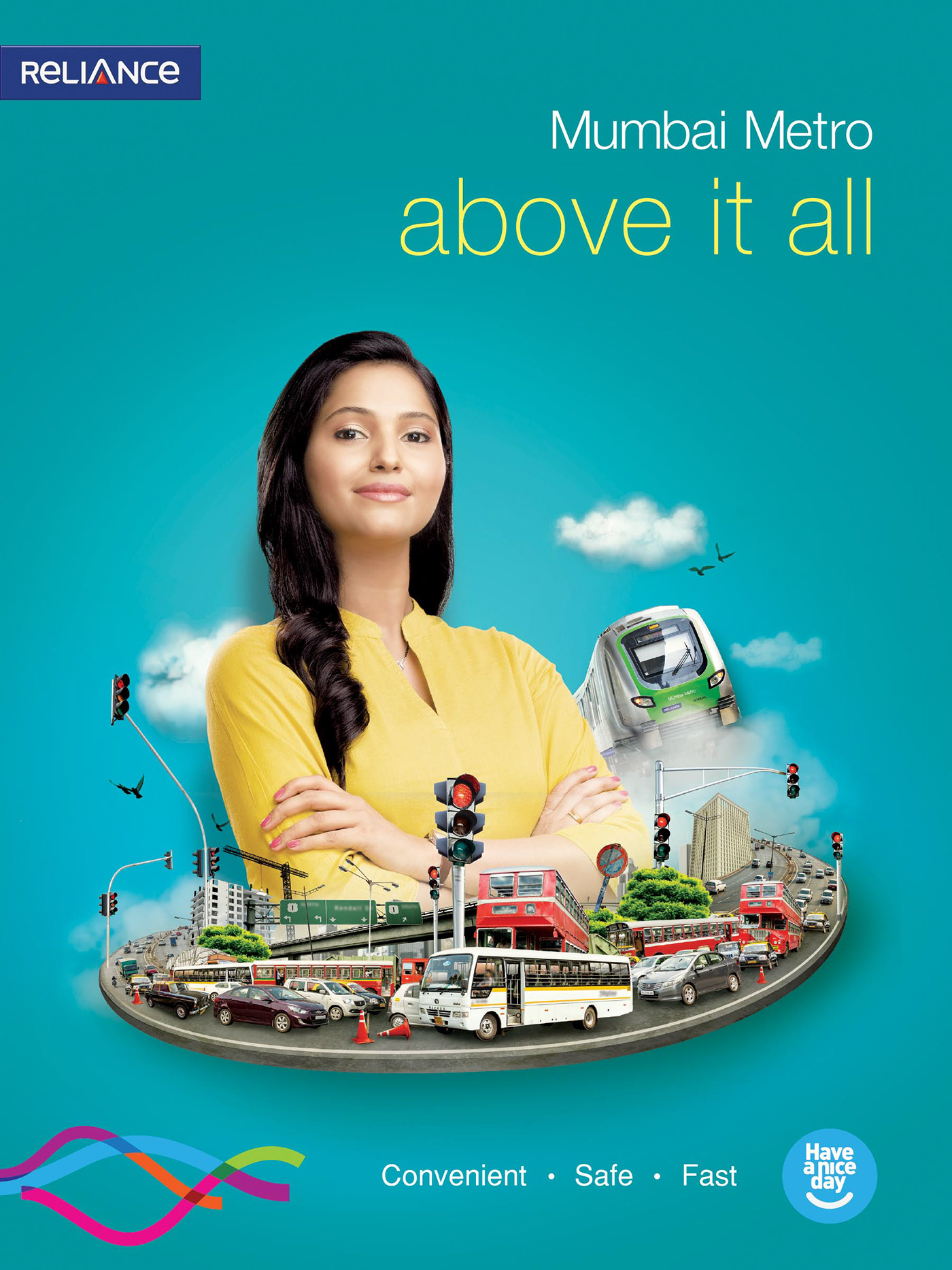
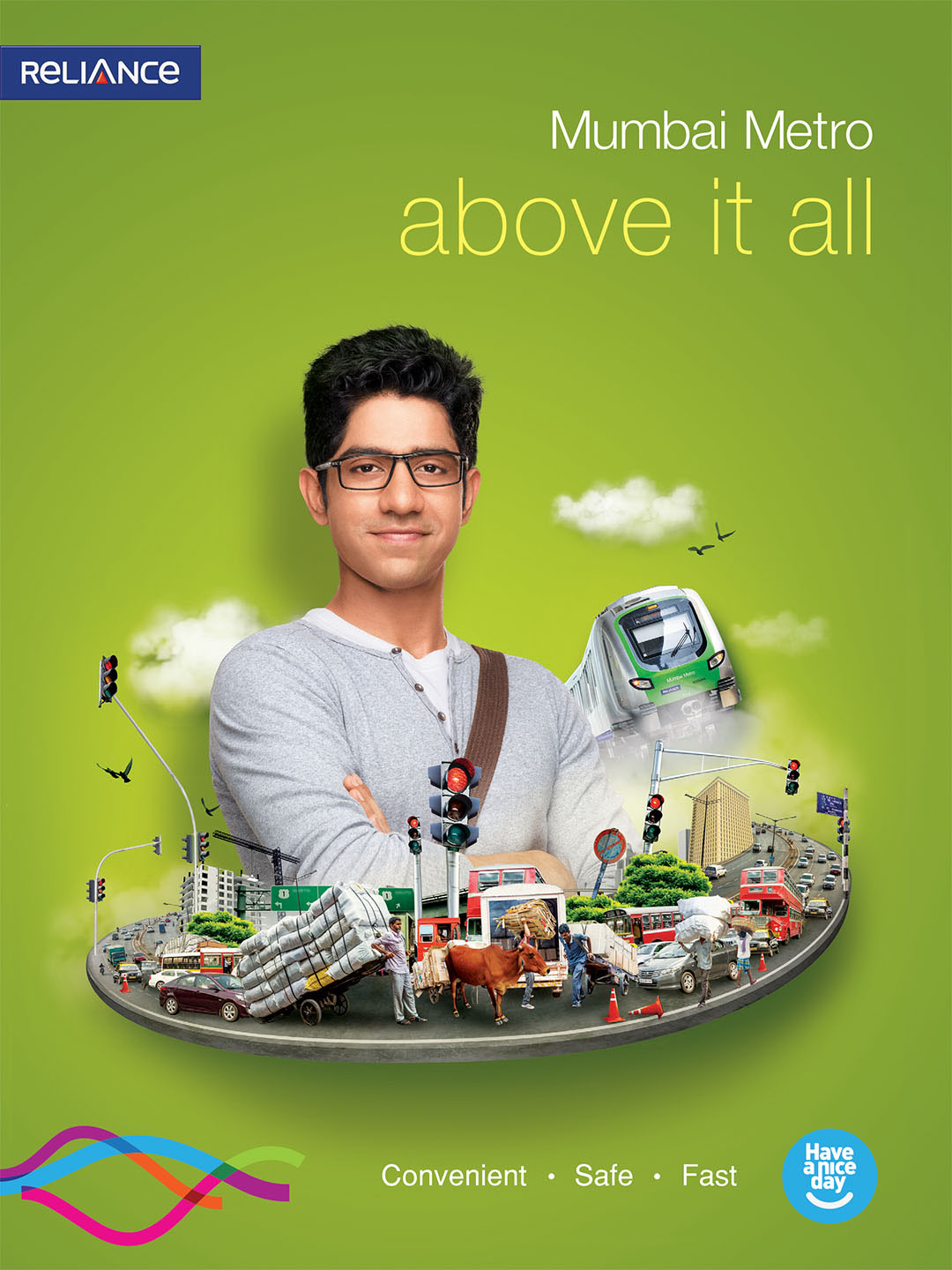
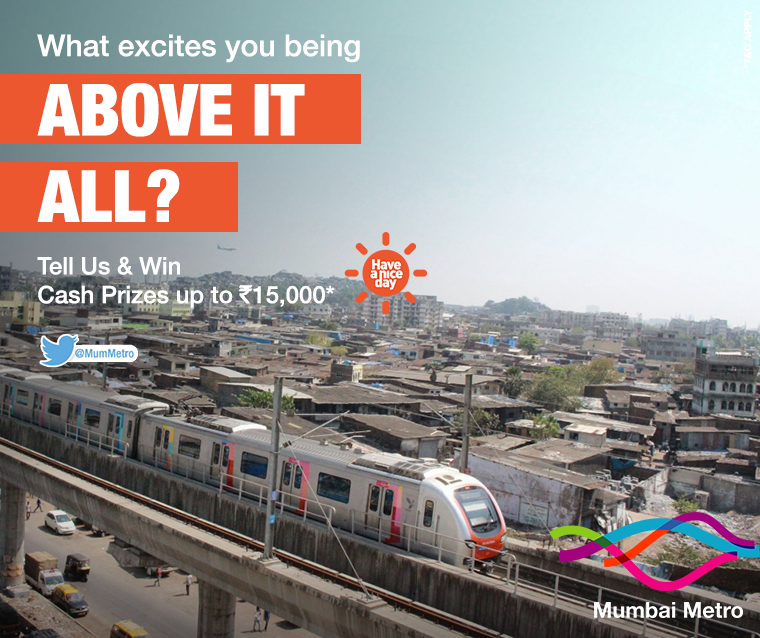

2015 – Purple Pebble Pictures
Regional cinema was the focus area of this production company started by actress Priyanka Chopra and her mother Dr. Madhu Chopra. I worked closely with Dr. Chopra and the core team, launching the website and social media presence of the production house and heading all digital marketing efforts for the first few movies produced by PPP.
The first project was a Marathi movie called Ventilator, which went on to win several awards including 3 National Awards, 5 Filmfares and was the Best Film at Maharashtra State Film Awards. This was followed by a Punjabi movie called Sarvann, where I was involved right from the pre-production stage and used digital and mobile marketing to support ticket sales in Canada and India. I also worked on some pre-release campaigns for Kaay Re Rascalaa, another Marathi project and Pahuna: The Little Visitors, a Nepali language movie set in Sikkim.
